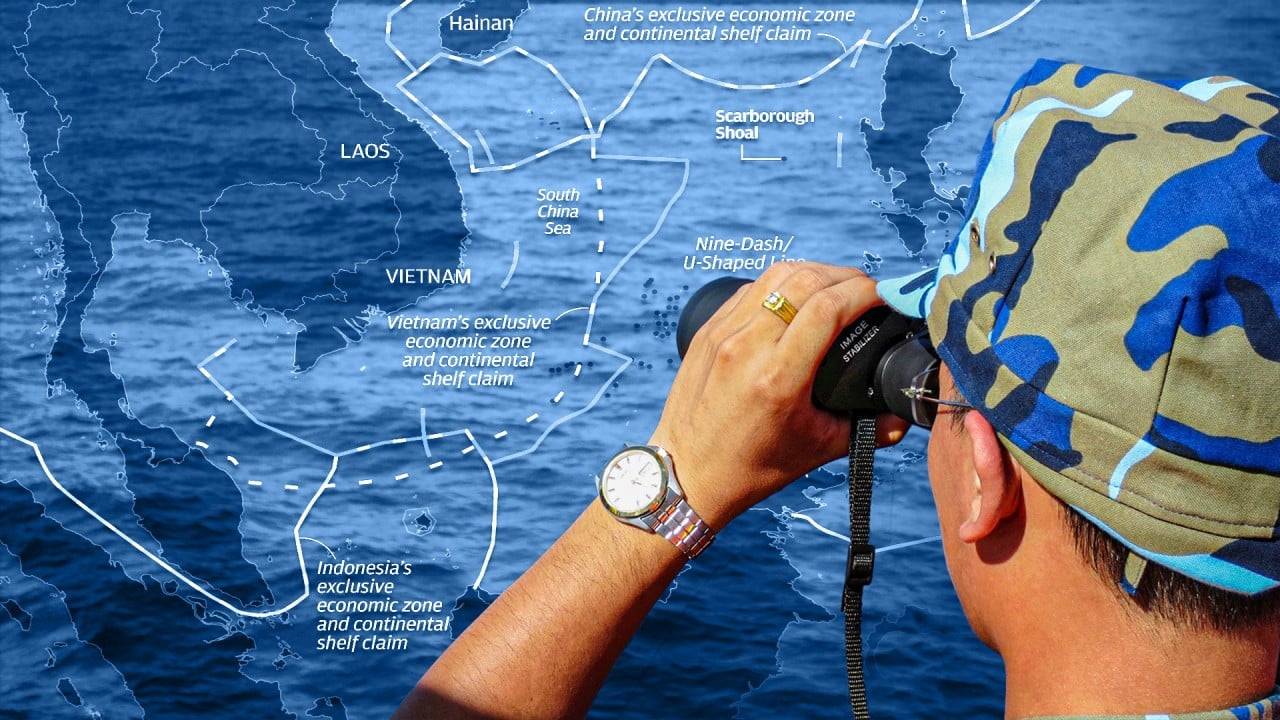South China Sea: openness encouraged to shore up marine economy after disputes threaten to capsize relations
[ad_1]
Chi Fulin, president of the Hainan-based China Institute for Reform and Development, proffered the strategy as a means of rapprochement with Southeast Asian countries, many of which dispute China’s claims over the South China Sea.
Global ocean governance is facing serious challenges due to changes in relations between major powers, and opening up at a high level is crucial for promoting marine economic cooperation between China and the world, he said at the China Ocean Economy Expo on Saturday in Shenzhen.
If China wants to be a leader in this marine economy … they need to take responsibility
“We recently proposed a strategic recommendation for unilateral opening-up to Asean,” he said, calling the 10-country Association of Southeast Asian Nations a “strategic leverage point” in the region.
“In the South China Sea, where other issues are challenging to resolve in the short term, the ‘blue economy’ has become one of the most important [factors] in China-Asean cooperation,” Chi added, referring to the use of ocean resources for development and growth while continuing to prioritise conservation.
He specifically mentioned tourism – encouraging domestic and Asean enterprises to develop tourism in the South China Sea – and fishery when discussing what form that cooperation would take.
According to the 2023 China Ocean Economic Development Index, released on Saturday by the National Marine Data and Information Service, China’s 2022 gross marine product – a calculation of the economic value provided by the ocean – increased by 1.9 per cent year on year to 9.5 trillion yuan (US$1.3 trillion), with the value added per hectare by marine industries growing 3.1 per cent in nominal terms from the year before.
Emerging marine industries, including advanced manufacturing, services and coastal tourism, grew more than 7.9 per cent year on year, while offshore wind power generation more than doubled.
Local governments in Shenzhen, as well as Liaoning and Shandong provinces, are racing to incentivise marine industry growth as part of China’s efforts to expand its blue economy.
The city is now building Shenzhen Maritime University as part of its plan to become a maritime industry centre, and last year the local government announced a policy fund of up to 10 billion yuan to support the shipping industry.
Shenzhen looks to tap blue economy with support for marine industries
Shenzhen looks to tap blue economy with support for marine industries
According to official data, Shenzhen’s citywide marine gross domestic product (GDP) reached 300 billion yuan in 2022, up 3.9 per cent year on year and accounting for 9.7 per cent of total GDP.
Klaus Zenkel, vice-president of the European Union Chamber of Commerce in China and chair of its south China chapter, said at the forum the development of the maritime economy, like many other sectors, is marred by a lack of confidence.
He emphasised the need for China to proactively take action to gain traction in the sector.
“If China wants to be a leader in this marine economy, I think they need to take responsibility,” he said. “They need to start a dialogue with all the countries on a working level, not on a political level.”
[ad_2]
Source link



